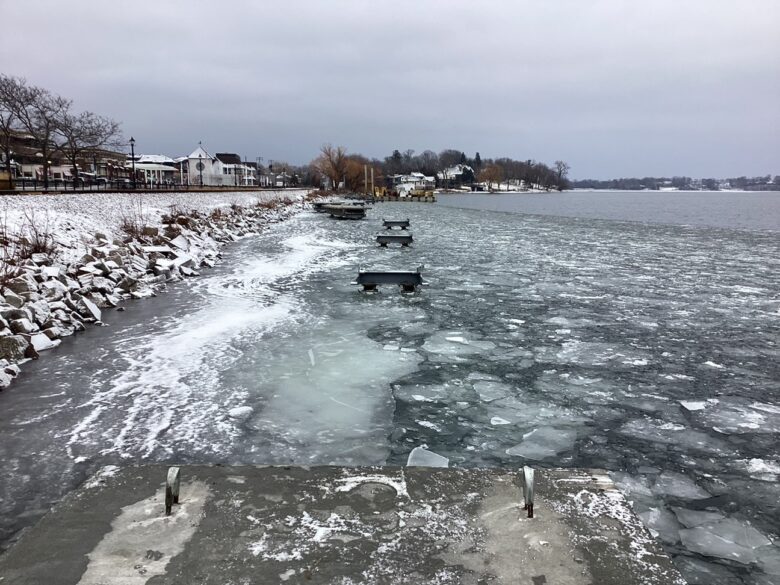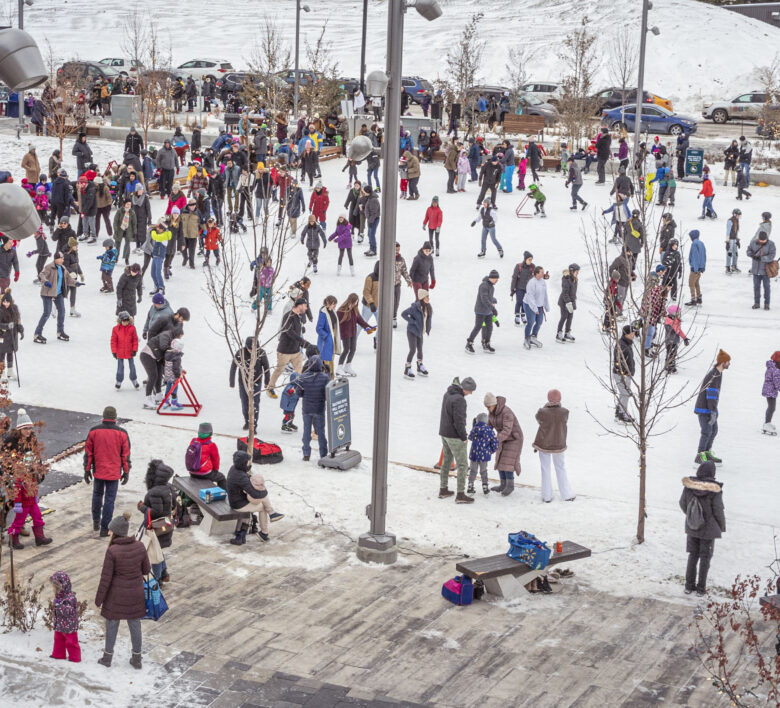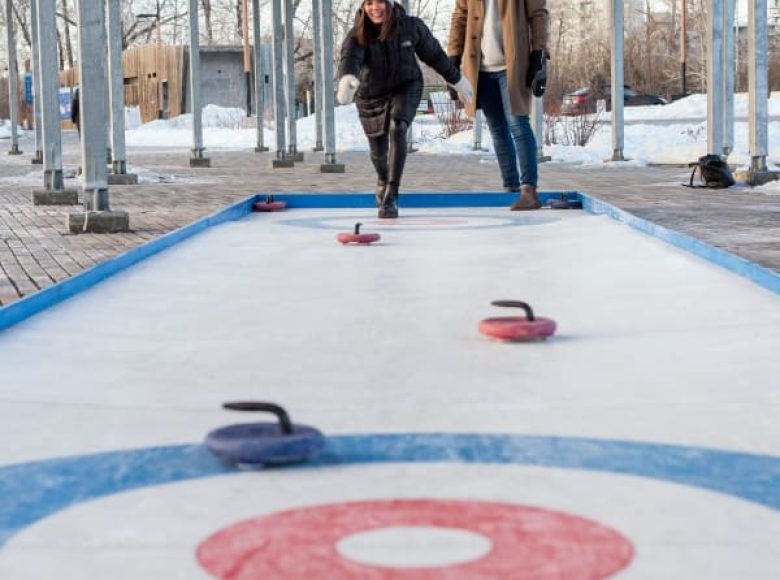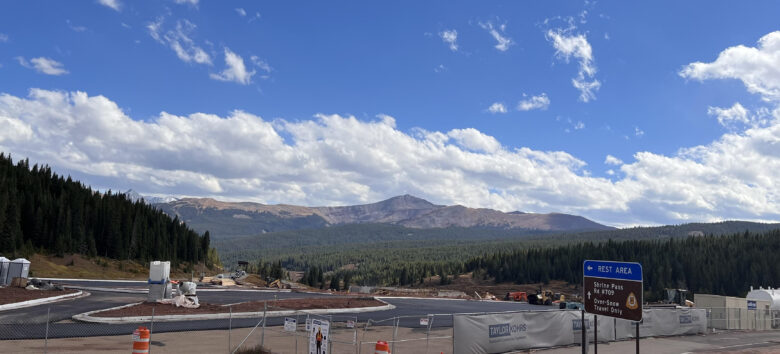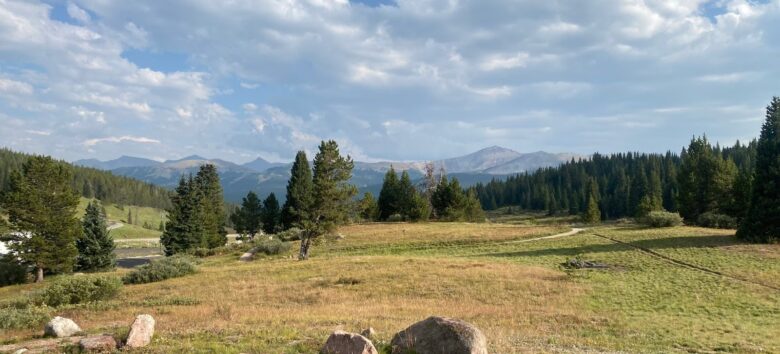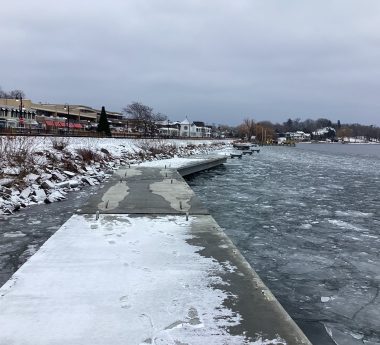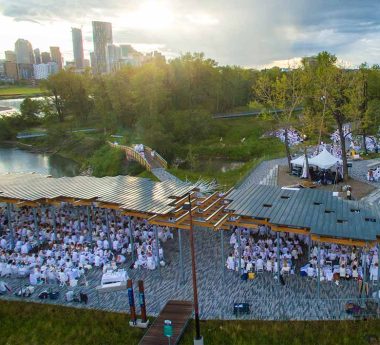Finally, close to home in Colorado, the Civitas team has been working with CDOT, Collins Engineers and GSG Architecture on the reconstruction of I-70’s Vail Pass Rest Area. Located at an elevation over 10,000 feet, this stretch of the interstate highway is notoriously challenging as it crosses the Rockies. It’s steep and frequently subjected to hazardous weather conditions. The rest area is no different, so the current reconstruction project has aimed to improve traffic circulation, accessibility, safety and connectivity at the site, along with updates to restrooms and other facilities.
A big consideration for snow and ice is sun exposure, so the Vail Pass Rest Area includes a plaza overlook that is south facing to enable its use for (at least) three seasons of the year. Our team also specified permeable pavers so the sun-melted snow will drain and not create puddles that refreeze. Stairs are similarly designed for safety and maintenance without cheek walls on either side, which makes clearing snow much easier. And, as in all of our work, we took care to choose site-specific plants and seed mixes—here, focusing on varieties that can be successful in the high alpine ecosystem.
“In addition to the climate, the site’s location on a steep mountainside is also extreme,” acknowledges Landscape Architect Kyle Hopkins. “So to be able to expand the parking area per CDOT’s needs and put most of the day-to-day parking on one level, including parking for semi-truck rigs, the engineers had to regrade the site with a significant amount of fill and utilize additional structural systems to support paving areas. This was a lot of additional work that is not typical on our projects.” The area also receives well over 200 inches of snow each year and has a summer growing season less than 60 days, which greatly limits construction schedules, especially for site work.
The rest area serves as a popular trailhead for backcountry access year-round, but especially for snowmobiling and backcountry skiing, snowboarding, and snowshoeing in the winter. Just as in each of these projects that address snow and ice, our work prioritizes safe access that keeps people outside in all seasons, doing what they—and we—love in Colorado, Calgary, and beyond.
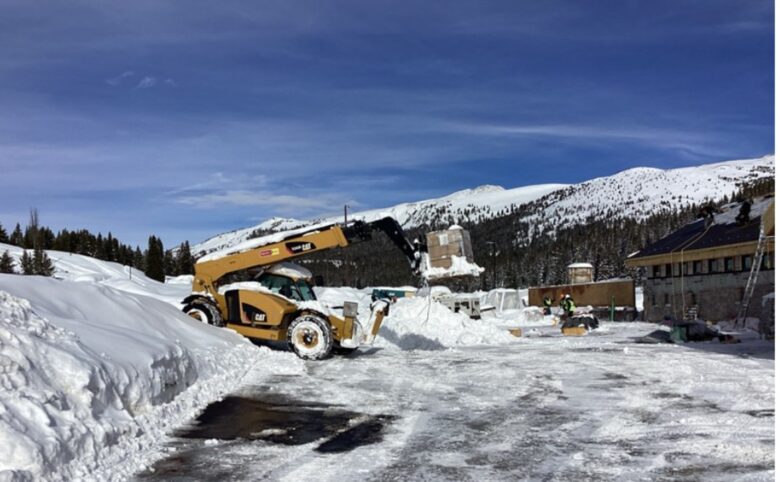
Above: Vail Pass Rest Area under construction in December 2024, before closing down for winter [photo courtesy of GSG Architecture]
Below: Vail Pass Rest Area site in summer – located at 10,662 ft elevation.
